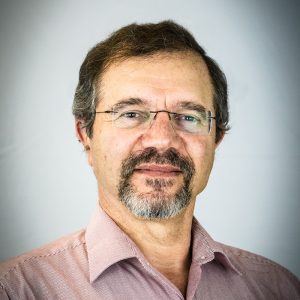
Dr. Peter Lilienthal’s most recent full-time position was the Global Microgrid Lead for UL Solutions, LLC. from 2019 – 2022. Now, as a private consultant he has continued in that role in addition to other engagements with the distributed energy industry. He is also an adjunct professor at the University of Colorado and the University of Alaska and volunteers on the Advisory Board for the partnership between Xcel Energy and the City of Boulder, Co., and the board of the Alaska Microgrid Group. Previously, he was the CEO of HOMER Energy. Since 1992, he has been the developer of the National Renewable Energy Laboratory’s HOMER® hybrid power optimization software, which has been used by over 250,000 energy practitioners in 193 countries. Dr. Lilienthal negotiated the license with NREL for HOMER Energy to be the sole world-wide commercialization licensee to distribute and enhance the HOMER model. Dr. Lilienthal was the Senior Economist with International Programs at NREL from 1990 – 2007. He was one of the creators of NREL’s Village Power Program. He has a Ph.D. in Management Science and Engineering from Stanford University. He has been active in the field of renewable energy and energy efficiency since 1978. This has included designing and teaching courses at the university level, project development of independent power projects, and consulting to industry and regulators. His expertise is in the economic and financial analysis of hybrid renewable and micro-grid projects.
Microgrids are the solution to two underappreciated challenges to the clean energy transition. Conventional wisdom suggests thousands of miles of new high voltage transmission lines are needed to connect the sunny Southwest and windy Great Plains to distant population centers. Developing new transmission lines is expensive, typically taking over a decade to complete. Even with permitting reform, the needed developments will be too slow for the country to achieve its clean energy goals. The second challenge involves the local electric distribution systems, which are simply not designed for the high power requirements of EV fast charging stations. This presentation will compare the cost of powering fast charging stations with microgrids versus distribution upgrades. We will demonstrate how microgrids solve the challenges of charging electric vehicles by putting clean energy generation at the point of use.
What are microgrids?
How do microgrids help with EV fast charging?
How microgrids provide reliability and a faster alternative to transmission upgrades.